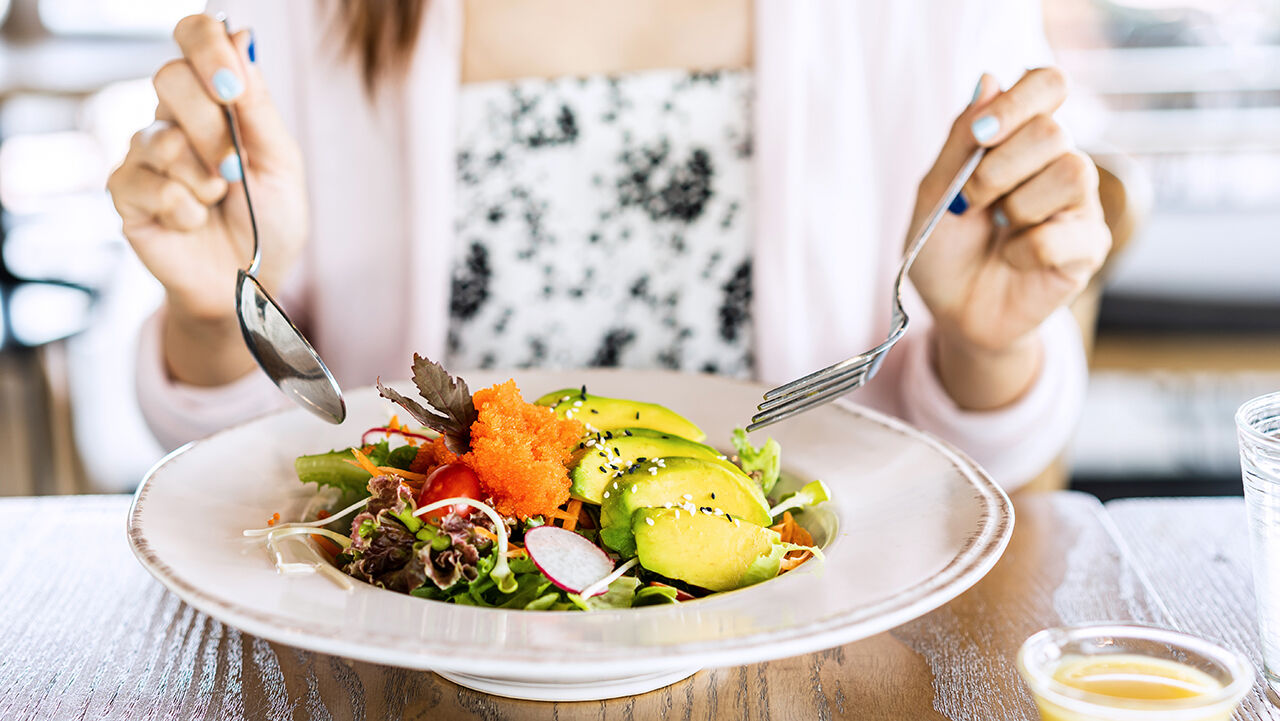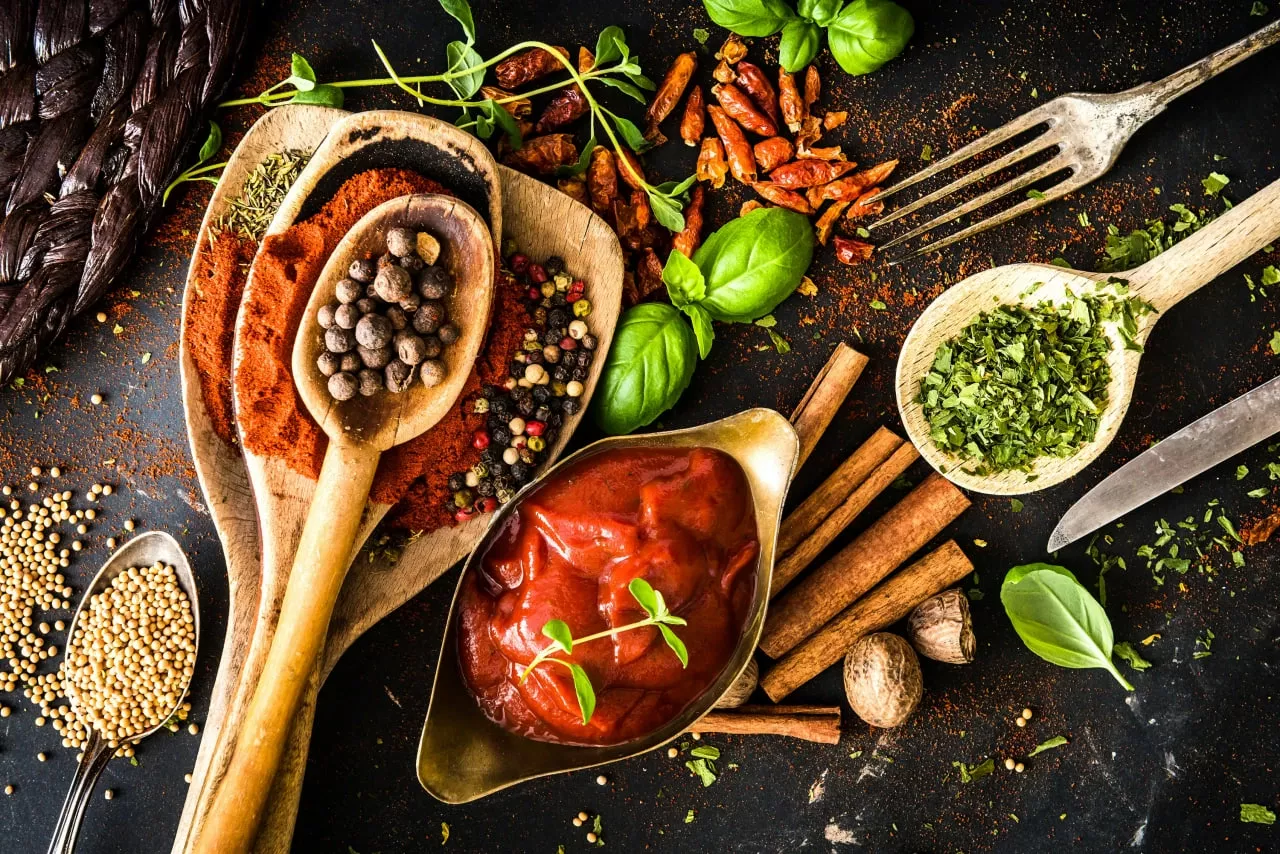Cooking can be a magical experience—transforming simple ingredients into something unforgettable. But sometimes, even with the best intentions, a dish can turn out bland or unbalanced. Whether you're a beginner in the kitchen or a seasoned home cook, mastering the art of flavor can make all the difference.
Let’s dive into a delicious collection of tips and life hacks from professional chefs to help you improve the taste of any dish.
1. Start With High-Quality Ingredients
Great flavor begins before you even turn on the stove. Chefs agree that using the freshest and best-quality ingredients available instantly enhances any dish.
What to focus on:
- Fresh herbs and spices: Avoid using old, stale spices. Fresh herbs like basil, cilantro, and parsley add vibrant flavor.
- Seasonal produce: In-season fruits and vegetables are naturally sweeter, juicier, and more flavorful.
- Aromatic oils: Choose cold-pressed olive oil or toasted sesame oil for a deeper, richer taste.
2. Master the Art of Seasoning
Salt is a flavor enhancer—not just a seasoning. Knowing how and when to use salt (and other seasonings) is crucial.
Chef tips:
- Season as you go: Don’t wait until the end. Add small amounts throughout the cooking process to build layers of flavor.
- Use kosher or sea salt: These have a better texture and more mellow flavor than regular table salt.
- Balance salt with acidity: A splash of vinegar or squeeze of lemon can brighten flavors and reduce the need for excessive salt.
3. Use the Power of Acidity
Acid brings life to your food. Many dishes that feel flat just need a touch of tanginess to wake up the flavors.
Acidic ingredients that boost flavor:
- Lemon or lime juice
- Vinegars (balsamic, red wine, rice, apple cider)
- Fermented foods like pickles, sauerkraut, or kimchi
- Tomato products (fresh, paste, or sauce)
4. Don’t Underestimate Umami
Umami is the “fifth taste,” often described as savory or meaty. It creates depth and makes dishes more satisfying.
Easy umami boosters:
- Mushrooms (especially shiitake and porcini)
- Soy sauce or tamari
- Parmesan cheese
- Miso paste
- Sundried tomatoes
- Anchovy paste or fish sauce (just a touch does wonders)
5. Cook with the Right Techniques
Flavor isn’t just about ingredients—it’s about how you treat them.
Game-changing techniques:
- Searing: Gives meat and vegetables a delicious crust and deeper flavor.
- Deglazing: After searing, pour in broth or wine to lift flavorful brown bits from the pan.
- Toasting spices: Heat spices in a dry pan for 30 seconds before adding to your dish to release their oils and aroma.
- Slow-cooking: Develops rich, comforting flavors over time.
6. Add Texture for Extra Satisfaction
Taste isn’t just about flavor—it’s also about how food feels. Adding contrast in texture makes a dish more interesting and enjoyable.

Try adding:
- Crunchy toppings like toasted nuts or seeds
- Crispy fried shallots or garlic
- Creamy elements like yogurt or avocado
- Chewy ingredients like dried fruit or roasted mushrooms
7. Use Fresh Herbs Wisely
Herbs can elevate a dish from good to unforgettable—but timing is everything.
Best practices:
- Add hearty herbs (rosemary, thyme, sage) early in cooking to infuse flavor.
- Add tender herbs (parsley, basil, dill, cilantro) at the end to preserve their fresh, vibrant taste.
- Use herbs as garnish to add color, aroma, and a fresh final note.
8. Taste and Adjust—Always
This is the golden rule of cooking. Before serving any dish, taste it. Then ask yourself:
- Is it balanced?
- Does it need more salt, acid, or sweetness?
- Is something missing (like heat or crunch)?
Sometimes, just a sprinkle of flaky salt, a drizzle of good olive oil, or a fresh squeeze of citrus can be the finishing touch that transforms everything.
9. Make It Personal With Secret Touches
Many chefs have a few secret ingredients or habits they swear by to elevate their food.
Chef-approved flavor enhancers:
- A splash of soy sauce in soups or stews
- A pinch of sugar in tomato sauces to balance acidity
- A bit of cinnamon in chili for warmth and complexity
- Roasted garlic paste stirred into mashed potatoes or sauces
10. Let It Rest
This might sound simple, but resting food—especially meats—allows juices to redistribute, enhancing moisture and flavor.
Quick tip: Cover your dish loosely with foil and let it rest for a few minutes before slicing or serving.
Final Thought: Cooking Is a Creative Journey
Improving the taste of your dishes isn’t about following strict rules. It’s about experimenting, learning, and using your senses. Taste, smell, and even listen to your food as it cooks. The more attention you give it, the better it will taste.
So next time your dish needs a little something extra, remember these tips—and don’t be afraid to trust your palate. Great flavor is within your reach, one ingredient and one stir at a time.
